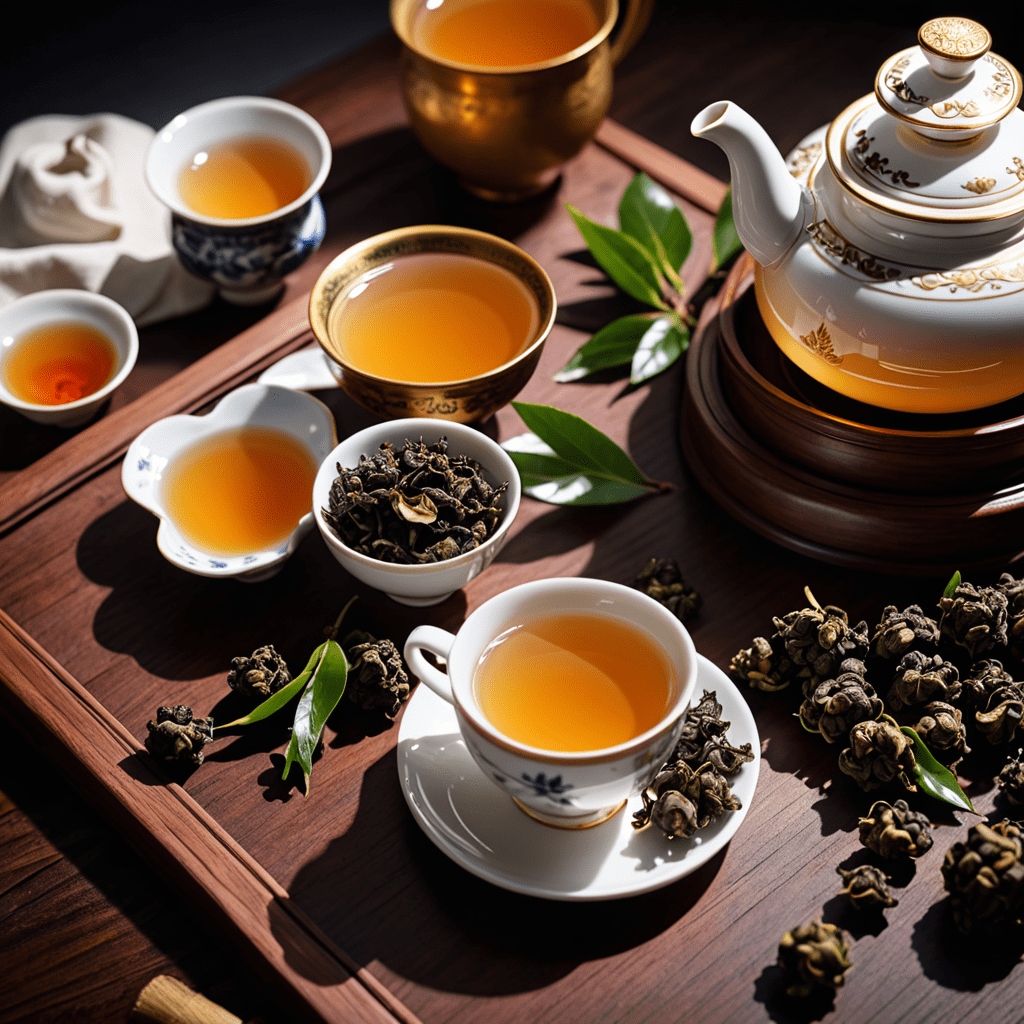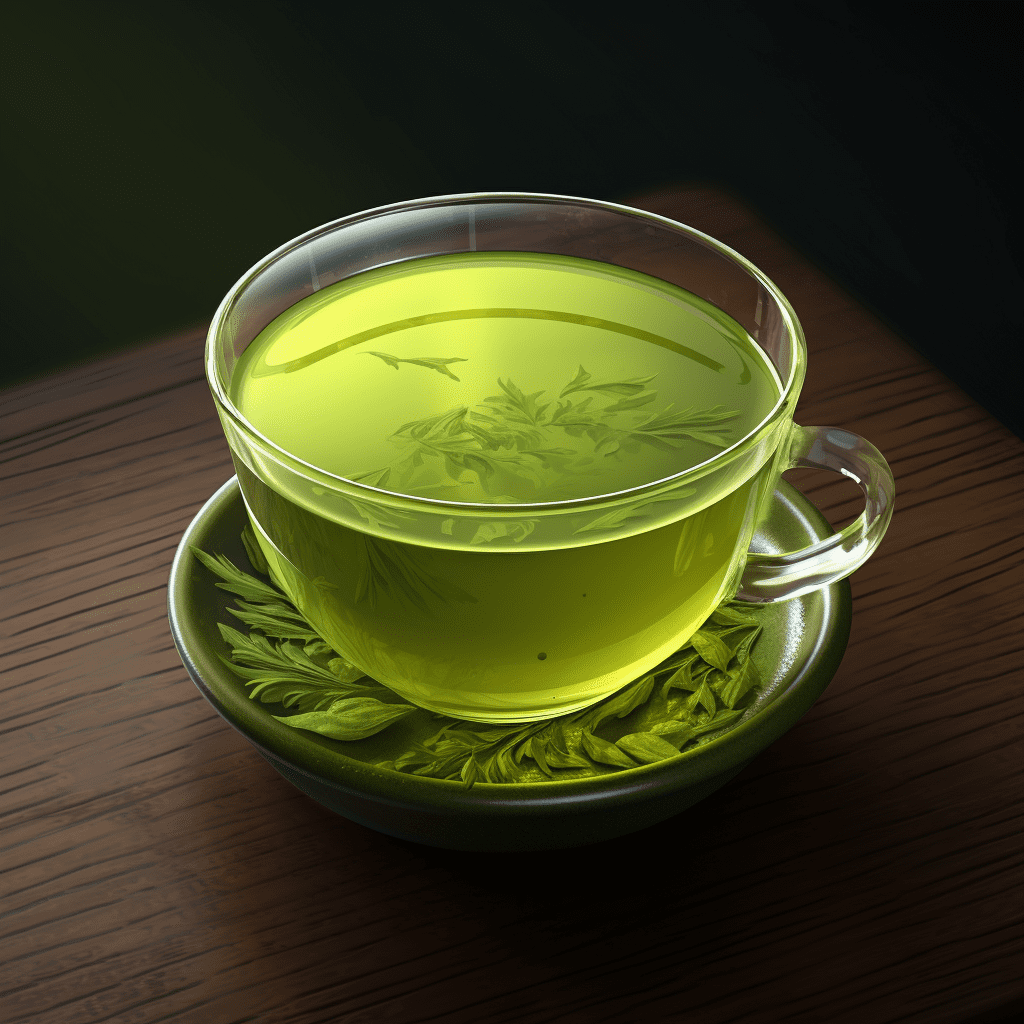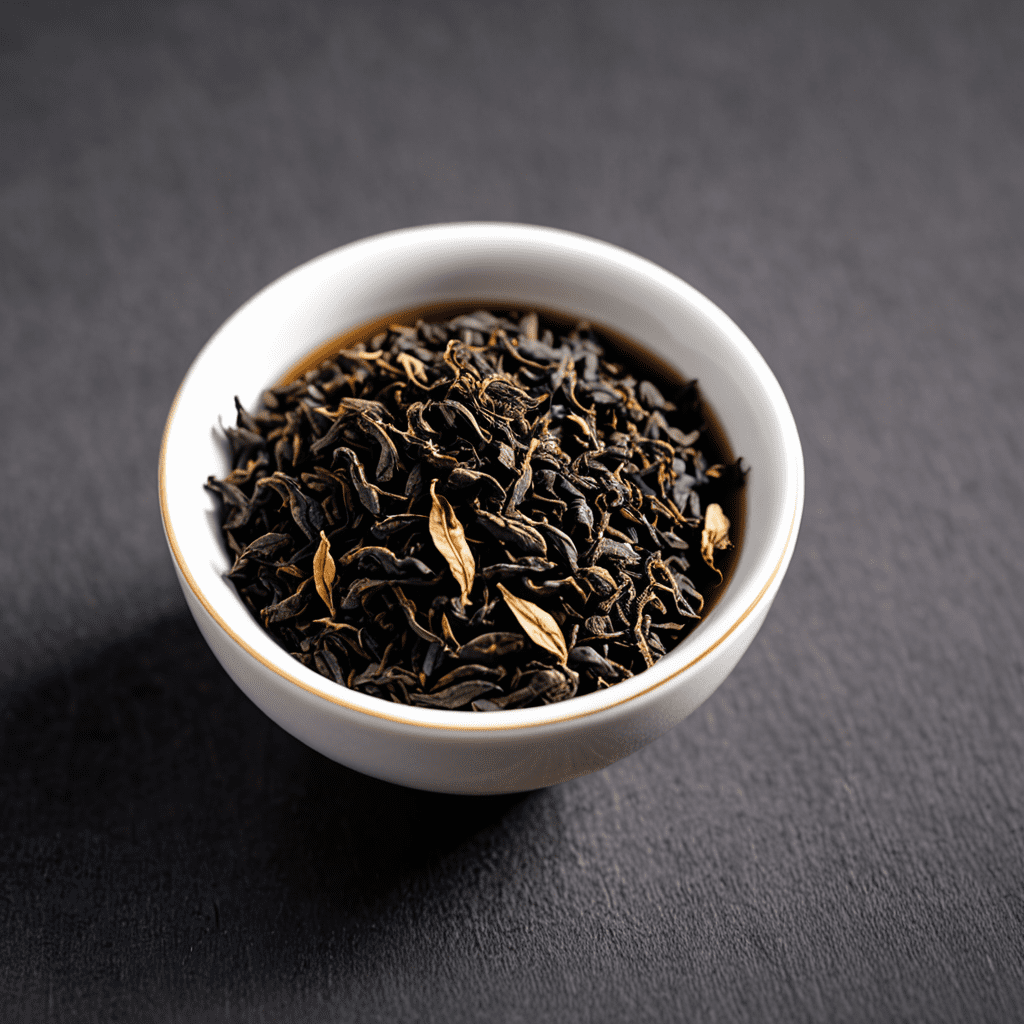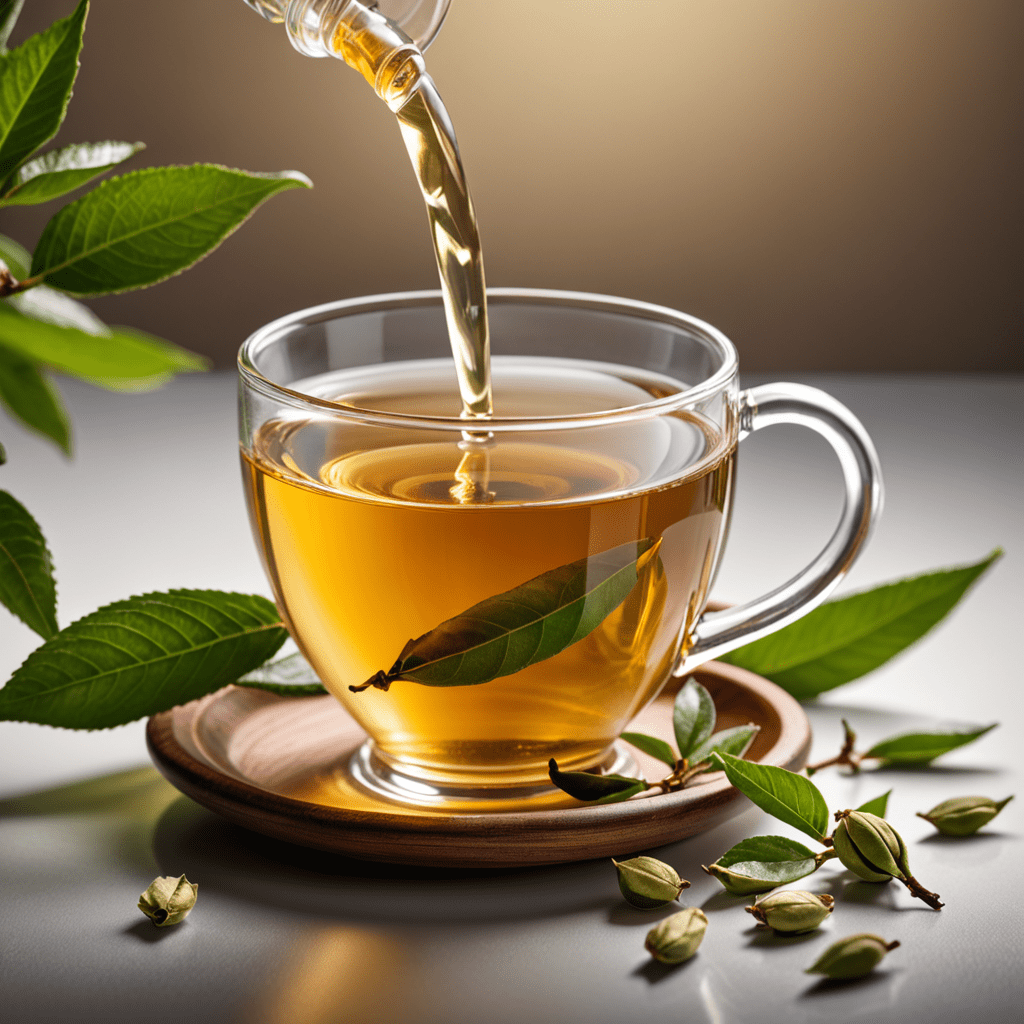
Oolong Tea: Steeped in Tradition
Known for its unique characteristics and rich history, oolong tea holds a special place in the world of tea enthusiasts. Let’s delve into the origins, production process, flavors, and health benefits of this remarkable tea variety.
The Origins of Oolong Tea
Oolong tea traces its roots back to the Fujian province of China, where it was first produced centuries ago. The name “oolong” translates to “black dragon” in Chinese, a fitting representation of the tea’s distinctive appearance and flavor profile.
Production Process
The making of oolong tea is a labor-intensive process that involves withering, bruising, oxidizing, and firing the tea leaves. This meticulous process results in partially oxidized tea leaves, giving oolong its characteristic flavors that range from floral and fruity to toasty and creamy.
Flavor Profiles of Oolong Tea
Oolong tea offers a diverse range of flavors depending on the region of cultivation and the specific processing techniques used. Some oolongs are light and delicate with floral notes, while others are more robust with roasted undertones.
Health Benefits
Aside from its delightful taste, oolong tea is rich in antioxidants and various beneficial compounds. Regular consumption of oolong tea may aid in weight management, improve digestion, boost metabolism, and promote overall well-being.
Traditional Significance
In many Asian cultures, oolong tea is not just a beverage but also a symbol of tradition and hospitality. It is often served during special occasions and ceremonies, signifying respect and good fortune.
Global Popularity and Modern Trends
While oolong tea has deep roots in Chinese traditions, it has gained popularity globally due to its unique taste profile and health benefits. Today, oolong tea is enjoyed by tea connoisseurs worldwide, with modern variations and blends constantly emerging to cater to diverse palates.
Exploring Oolong Tea
Whether you are a seasoned tea aficionado or a curious newcomer, delving into the world of oolong tea offers a sensory experience like no other. From its production methods steeped in tradition to its wide array of flavors, oolong tea continues to captivate tea lovers around the world.
FAQ About Oolong Tea
1. What is Oolong Tea?
Oolong tea is a traditional Chinese tea that falls between green and black tea in terms of oxidation levels. It is partially oxidized, giving it a unique flavor profile.
2. How is Oolong Tea Different from Green and Black Tea?
Oolong tea is less oxidized than black tea but more than green tea. This partial oxidation process results in a tea with a diverse range of flavors and aromas.
3. What Does Oolong Tea Taste Like?
Oolong tea can vary widely in taste due to different oxidation levels and processing methods. It often has a floral aroma, with flavors ranging from fruity and sweet to toasty and earthy.
4. How is Oolong Tea Brewed?
To brew oolong tea, use water below boiling point and steep the leaves for 2-5 minutes, depending on the type. This allows the leaves to unfurl and release their full flavor.
5. Are There Health Benefits to Drinking Oolong Tea?
Oolong tea is rich in antioxidants and may aid digestion, promote weight loss, and boost metabolism. It also contains minerals and vitamins beneficial for overall health.


